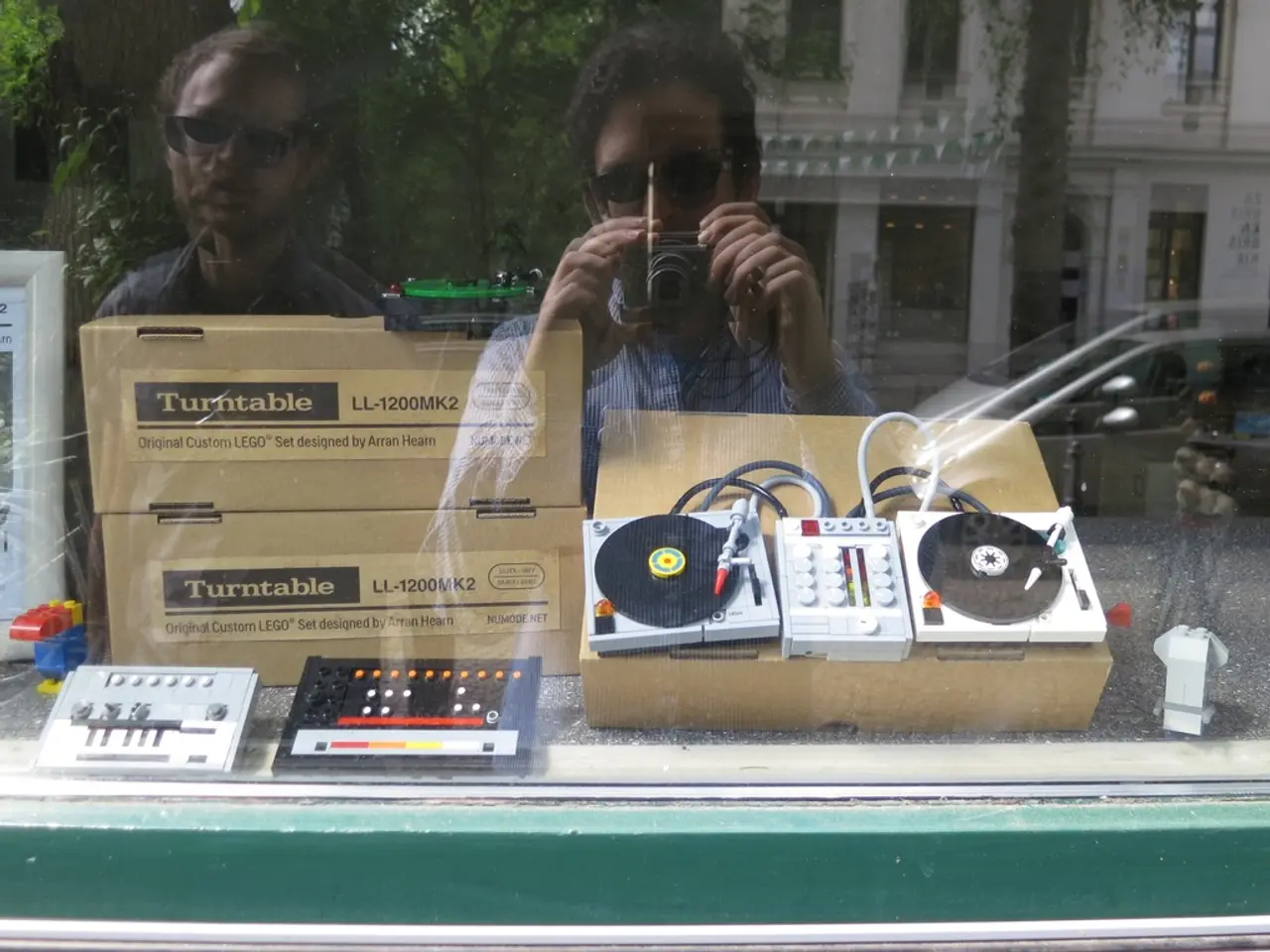Cybersecurity Concerns in Connected Homes: Potential Threats Posed by Smart Homes
In today's increasingly connected world, protecting your home's network against digital attacks is crucial. Here are some best practices to help secure your wireless and smart home devices against potential cyber threats:
1. Use Strong, Unique Passwords
Change all default usernames and passwords on your devices and router to unique, complex passwords. Avoid reusing passwords across devices and apps to reduce risk.
2. Enable Two-Factor Authentication (2FA)
Activate 2FA for device accounts and apps to add an extra security layer beyond just passwords.
3. Keep Firmware and Software Updated
Regularly check for and install firmware and software updates on all smart devices, routers, hubs, and gateways. Updates patch vulnerabilities that hackers exploit.
4. Secure Your Wireless Network
- Use the strongest encryption available on your router, ideally WPA3 or at least WPA2.
- Activate your router’s firewall to block unauthorized access.
- Disable guest network access to your main network; instead, create a separate guest Wi-Fi network for visitors and most IoT devices, isolating them from critical devices like computers and phones.
- Place your router centrally and turn it off when away for long periods to reduce attack windows.
5. Use Recognized and Secure Protocols and Devices
Opt for smart home technology based on industry standards such as Z-Wave and Zigbee, known for stronger security practices.
6. Consider Using a VPN
A VPN encrypts your internet traffic, making the interception of data by attackers more difficult—even if they manage to breach your network.
7. Monitor and Manage Your Devices Carefully
Register each device properly, enable automatic updates when available, and regularly review your smart home’s device list and network connections to detect and remove unknown or outdated devices.
8. Be Aware of Privacy Risks
Secure cameras, microphones, and other sensors to prevent unauthorized surveillance or data leakage. Limit access and physical exposure where feasible.
By combining these best practices—strong passwords and 2FA, up-to-date firmware, robust network encryption and segmentation, vetted device selection, and network monitoring—you significantly reduce the risk of wireless and smart home hacking.
No method fully guarantees safety, but consistently applying these security measures creates strong defense layers and mitigates most common threats. The 2017 global WannaCry attack highlighted the risks and dangers of older devices with unupdated software.
When purchasing new smart technology, it's important to research the manufacturer's security protocols to protect your network. Serious hacks can result in access to personal information stored on devices, such as voice search history or banking data. Anti-virus software on your PC can help stop hackers from accessing personal data.
Setting up a separate Wi-Fi network with a different name and password creates a barrier between smart devices and the home network. RACV Home Security Systems provides professional installation by licensed installers, offers tailored security solutions, and maintains and services a wide range of security systems.
In the realm of data-and-cloud-computing and technology, it's essential to implement these best practices for securing your smart home against cyber threats: adopt strong, unique passwords and enable two-factor authentication, keep your devices updates, secure your wireless network, choose recognized and secure protocols and devices, consider using a VPN, monitor and manage your devices carefully, and be aware of privacy risks. When acquiring new technology, remember to research the manufacturer's cybersecurity measures to protect your network. To fortify your home network even further, setting up a separate Wi-Fi network increases security layers and can be professionally installed by licensed technicians from services like RACV Home Security Systems.







